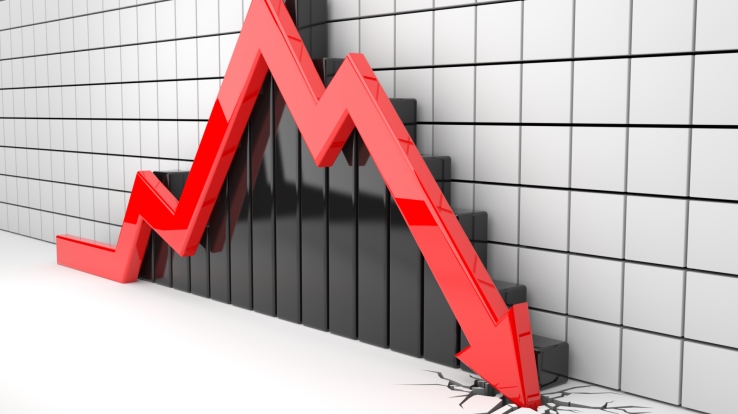

The next time one of your clients calls or emails fearing a stock market crash, consider this: Retail investors consistently overestimate the odds of one.
Nobel Memorial Prize-winning economist and Yale University professor Robert Shiller has been asking individual and institutional investors for almost 30 years about the odds of a stock market crash like those on Oct. 28, 1929, and Oct. 19, 1987 — the two biggest one-day drops in U.S. stocks ever — in the next six months. He has found that retail investors consistently give odds of between 10% and 20% of a crash.
The Dow Jones industrial average fell 23%, on Oct. 19, 1987, and 13% on Oct. 28, 1987, followed by another 12% on Oct. 29. Giving such consistently high odds of this type of market cataclysm, which hasn't recurred in more than 30 years, isn't rational, Shiller says.
"They way exaggerate the probability of a crash," says Shiller in a video on the university website. "What it means is that people's motivations are substantially driven not by day-to-day events that we've all seen but by some event that maybe hasn't even happened since they were born."
But those motivations drive many investors to take action, according to research from Shiller and William Goetzmann, director of Yale's International Center for Finance.
In a new study they find that "individual investor crash probabilities significantly predict future flows" for equity mutual funds. The impact was greatest six trading days after retail investors provided their estimated odds for a crash possibility.
The study was based on nearly 10,000 individual and institutional probability assessments of a specific kind of market crash over the period from 1989 through 2015. It also looked at the daily trading results for the Dow Jones industrial average, the S&P 500 and a value-weighted index of the NYSE-AMEX-Nasdaq-Arca universe; the daily market coverage in The Wall Street Journal; and flows into stock and bond mutual fund flows tabulated by TrimTabs, though only from 2003 through 2015.



